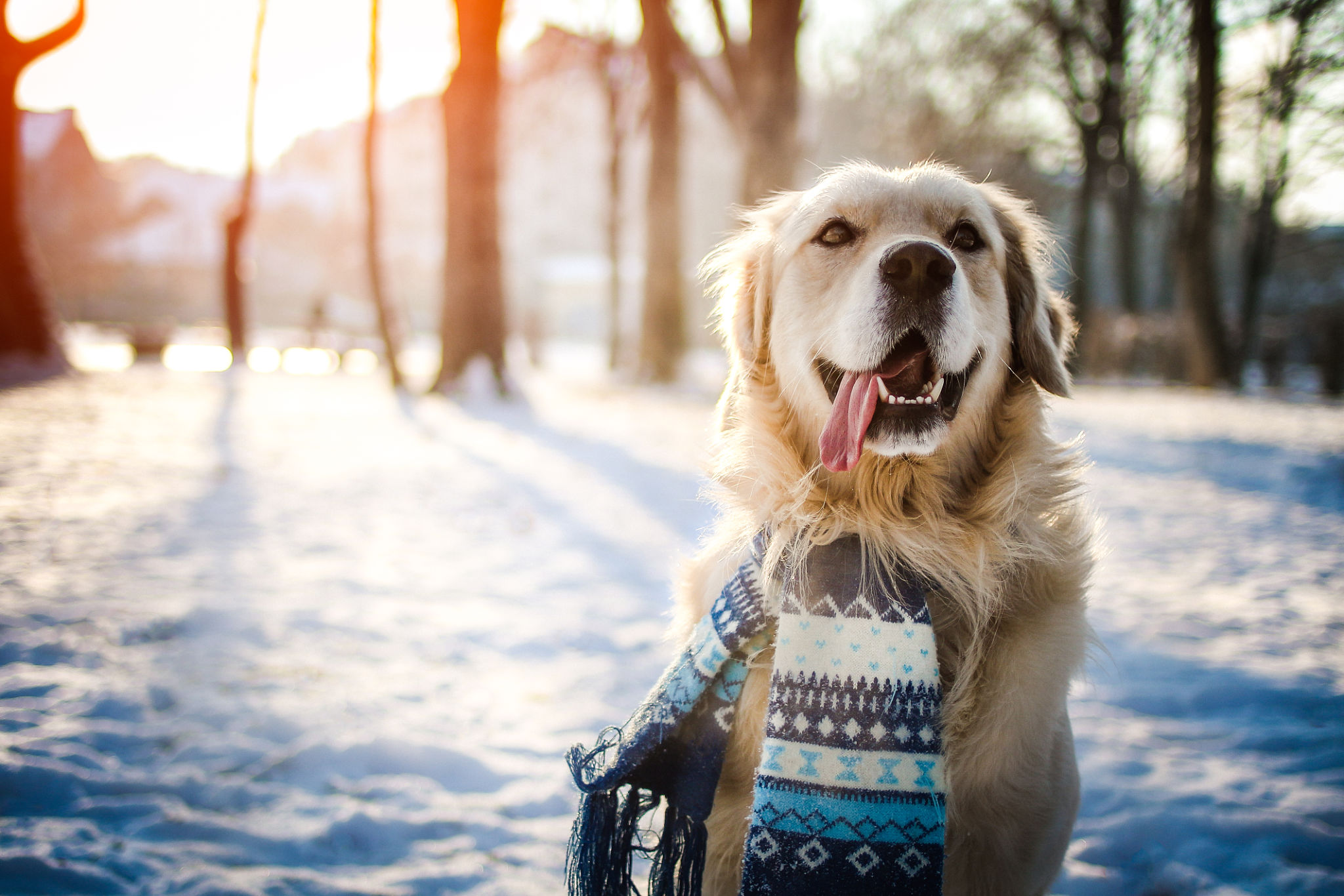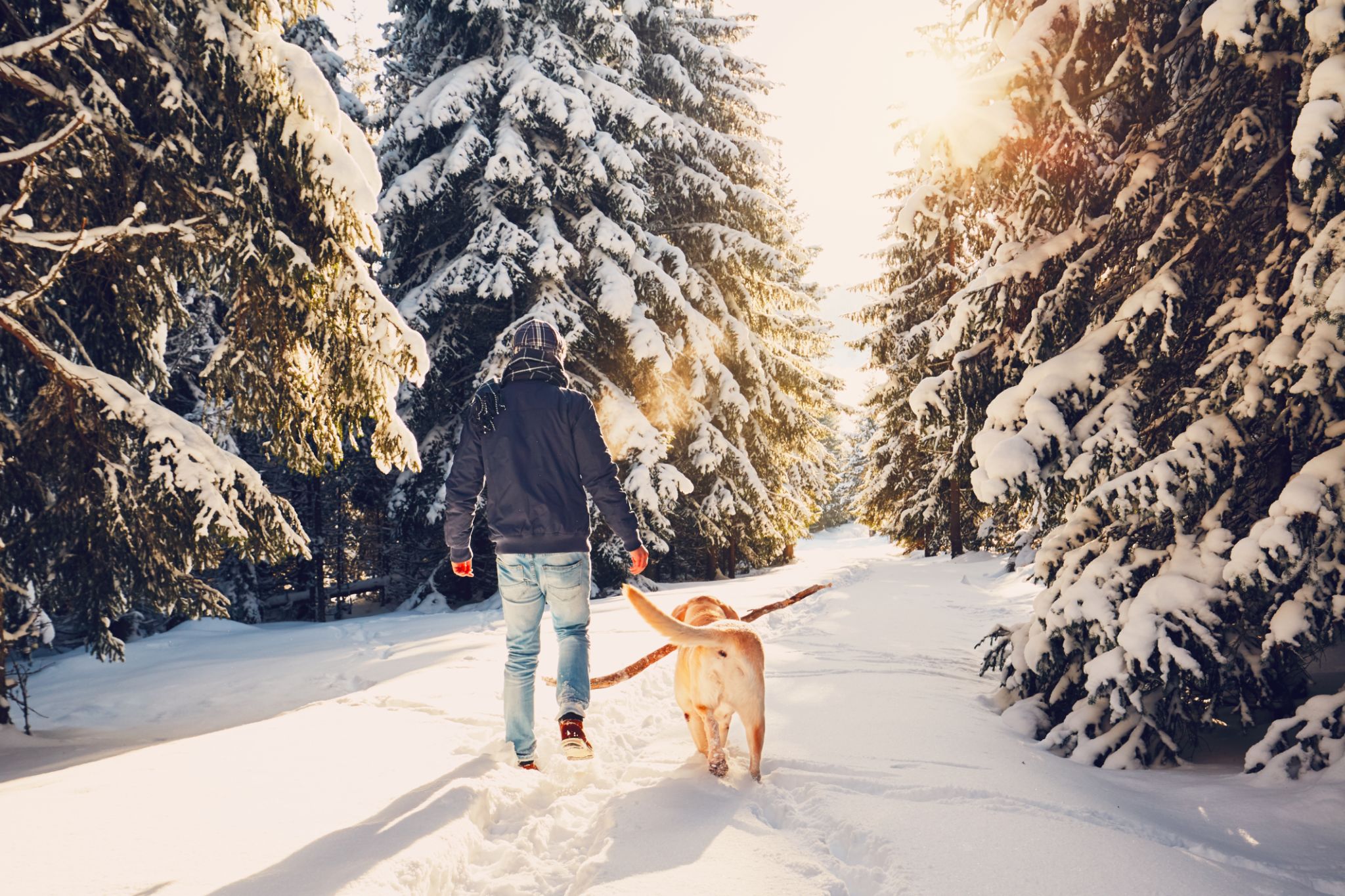Seasonal Dog Care Tips: Preparing for Winter with Your New Pet
Pa
Understanding Your Dog's Winter Needs
As winter approaches, it's important to consider how the colder weather will affect your new pet. Dogs, like humans, have different needs during the winter months. Understanding these needs will help you ensure your furry friend stays healthy and comfortable.
While some dogs have thick coats that provide natural insulation, others may not be as well-equipped to handle the cold. It's crucial to recognize your dog's breed-specific needs and adjust their care accordingly. Providing extra warmth and protection can make a significant difference in their winter experience.

Adjusting Your Dog’s Diet for Winter
During winter, your dog's energy needs may change. Cold weather can increase your pet's caloric requirements, especially if they spend a lot of time outdoors. Consider increasing their food intake slightly to compensate for the extra energy they use to stay warm.
Consult with your veterinarian to determine the right balance of nutrition. Additionally, ensure your dog has access to fresh water, as hydration is just as important in winter as it is in summer. Dehydration can happen quickly if water sources freeze or become inaccessible.
Creating a Warm Environment
Your home should be a cozy retreat for your pet during the colder months. Provide warm bedding in a draft-free area where your dog can relax comfortably. If your pet spends time outside, ensure their shelter is insulated and protected from the elements.

Consider using pet-safe heating pads or blankets to add warmth, but always supervise their use to prevent overheating or accidents. It's also wise to keep an eye on indoor temperatures and adjust them to keep your pet comfortable.
Protecting Paws from Cold and Ice
Winter conditions can be harsh on a dog's paws. Ice, snow, and salt used on sidewalks can cause irritation and injury. Regularly check your dog's paws for signs of damage or discomfort and clean them after walks to remove any potential irritants.
- Use pet-safe de-icing products around your home.
- Consider using booties to protect sensitive paws.
- Apply paw balm to keep pads moisturized and healthy.

Keeping Your Dog Active Indoors
Exercise is still important during winter, even if outdoor activities are limited. Find creative ways to keep your dog active indoors, such as playing fetch in a hallway or teaching new tricks. Mental stimulation through interactive toys can also help keep boredom at bay.
If weather permits, take short walks outside, but be mindful of extreme cold and limit exposure when necessary. Always dress your pet appropriately for the weather with a coat or sweater if needed.
Conclusion: Embrace Winter with Your Pet
Caring for your new pet during winter involves a few adjustments but ensures they remain healthy and happy throughout the season. By prioritizing their comfort and safety, you can enjoy the winter wonderland together and create lasting memories with your furry companion.